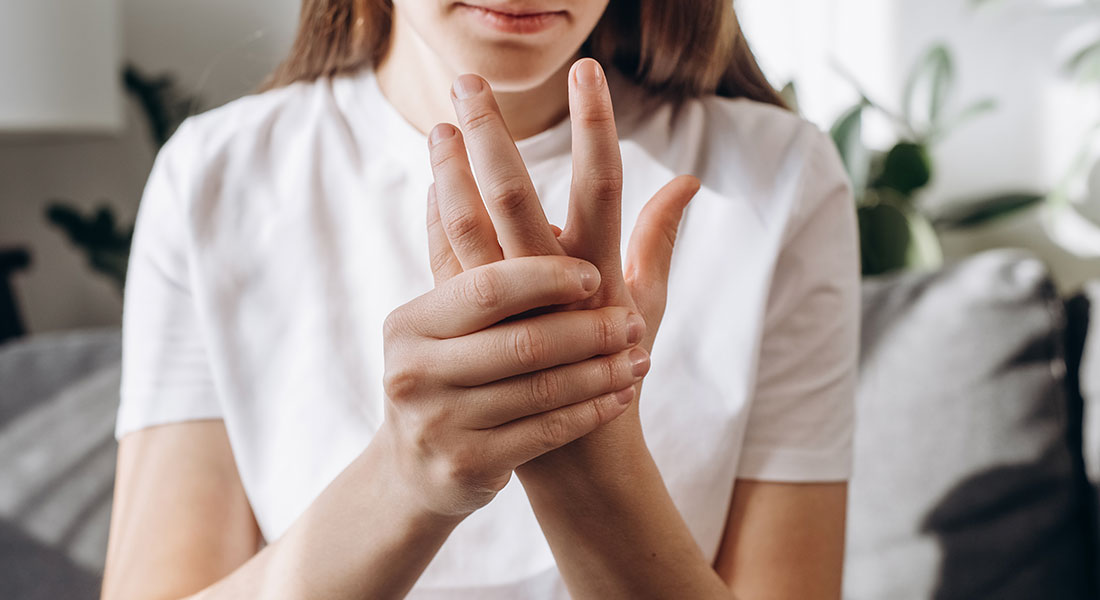Experiencing numbness and tingling in the hands and fingers can be both unsettling and frustrating. These sensations are not only uncomfortable but can also hinder your ability to perform daily tasks with ease. Understanding the potential causes and exploring how Myotherapy can offer relief is essential for anyone seeking to address these symptoms.
Causes of Numbness and Tingling
Numbness and tingling in the hands and fingers can stem from various sources, ranging from temporary to more chronic conditions:
Carpal Tunnel Syndrome: A common condition where the median nerve is compressed as it travels through the wrist at the carpal tunnel, leading to numbness, tingling, and pain in the hand and fingers.
Peripheral Neuropathy: Damage to the peripheral nerves, often due to diabetes or other systemic diseases, can cause these sensations in the hands and fingers.
Vitamin Deficiencies: Lack of certain vitamins, such as B12, can affect nerve function and lead to numbness and tingling.
Nerve Compression or Injury: Compression or damage to nerves in the neck, shoulder, or elbow can lead to referred sensations in the hands and fingers.
Poor Circulation: Conditions that affect blood flow, such as Raynaud’s disease, can cause temporary numbness and tingling in the hands.
Repetitive Strain Injuries: Continuous or repetitive movements can lead to strain and compression on the nerves, resulting in these symptoms.
How Myotherapy Can Help
Myotherapy offers a comprehensive approach to managing and alleviating numbness and tingling in the hands and fingers. By addressing the underlying causes of nerve compression or irritation, Myotherapy can provide significant relief:
Assessment and Diagnosis: A Myotherapist begins with a thorough assessment to identify the root cause of the symptoms. This may involve examining your posture, muscle balance, and nerve function.
Manual Therapy: Techniques such as massage, myofascial release, and trigger point therapy can help alleviate muscle tension that may be contributing to nerve compression.
Joint Mobilisation: Gently mobilising the joints can improve alignment and reduce pressure on the nerves.
Dry Needling: Targeting specific muscle trigger points with dry needling can release tight muscle fibres, alleviating compression on the nerves.
Corrective Exercises: Strengthening and stretching exercises can correct muscular imbalances and improve posture, reducing the likelihood of nerve irritation.
Ergonomic and Lifestyle Advice: Myotherapists can provide guidance on ergonomic setups for work and home environments to prevent repetitive strain and ensure healthy posture during daily activities.
Education on Self-Management: Providing strategies for managing symptoms at home, including heat or cold therapy and exercises, empowers individuals to take an active role in their recovery.
If you’re experiencing numbness and tingling in your hands and fingers, incorporating Myotherapy into your healthcare routine can offer a path to relief. Through targeted treatments and personalised advice, Myotherapy can help you regain comfort and function in your hands, allowing you to resume your daily activities without discomfort.







